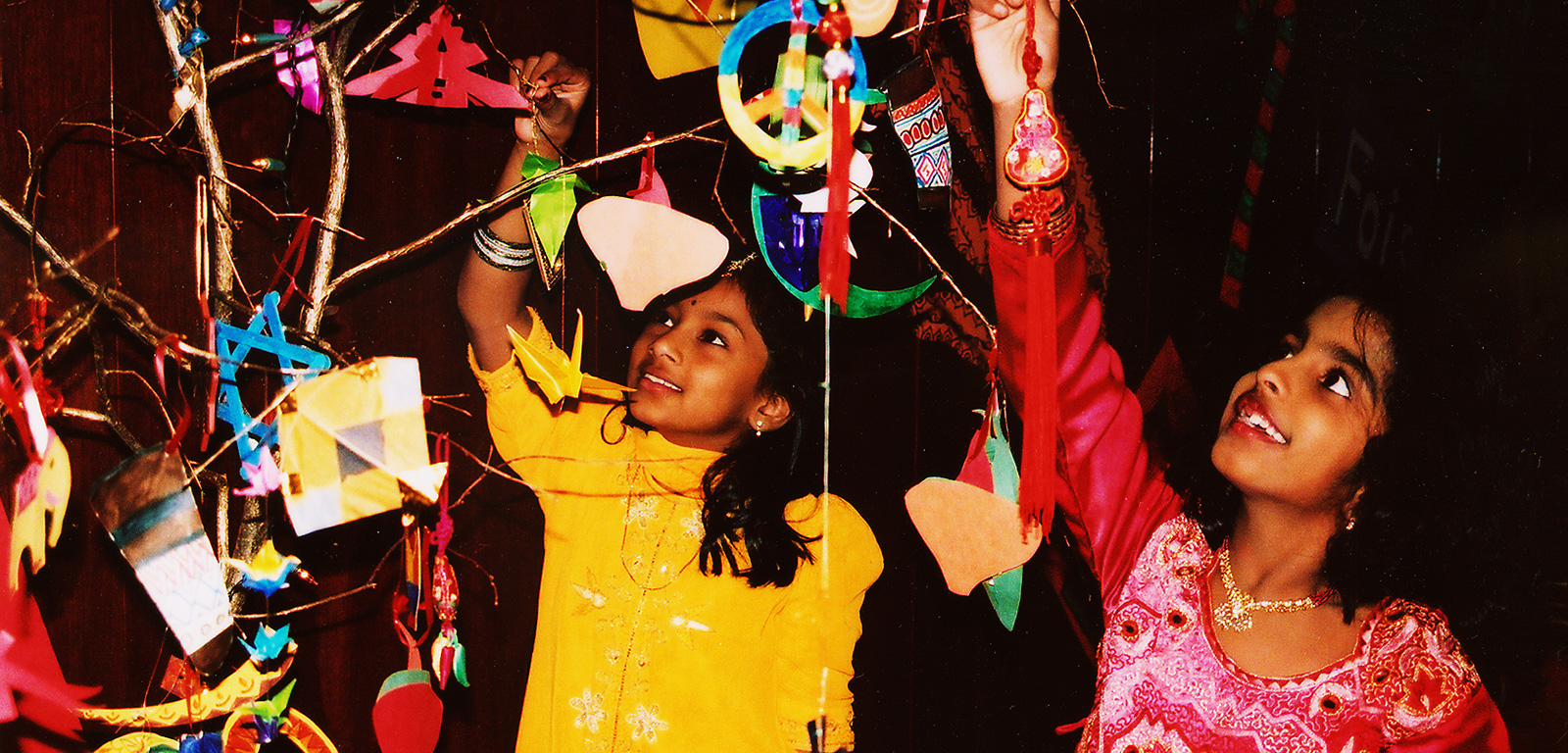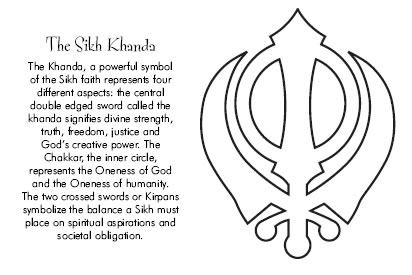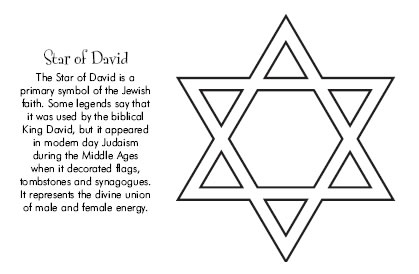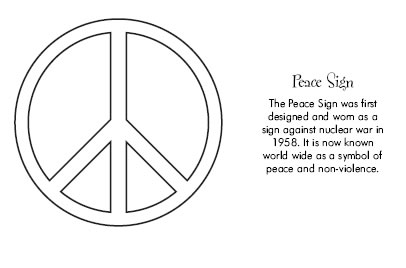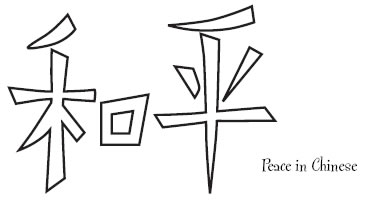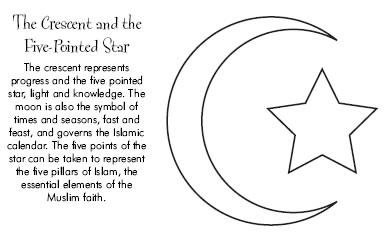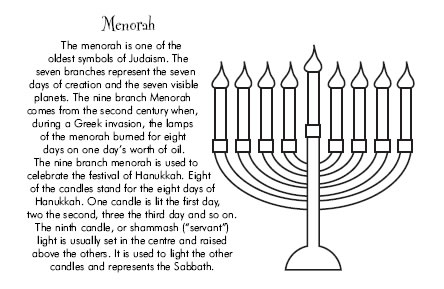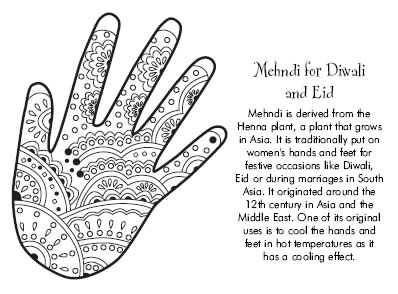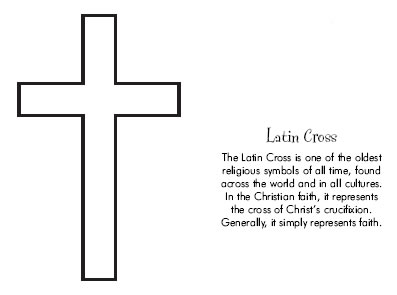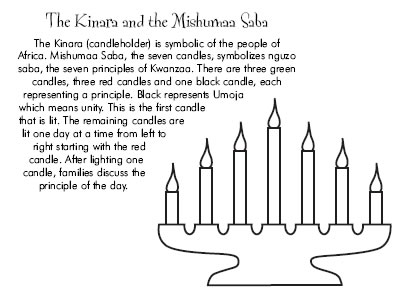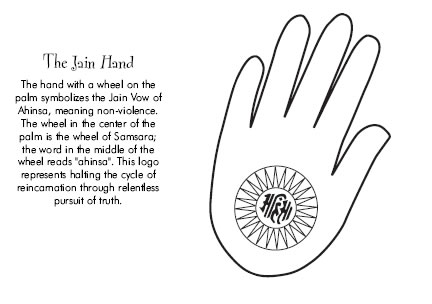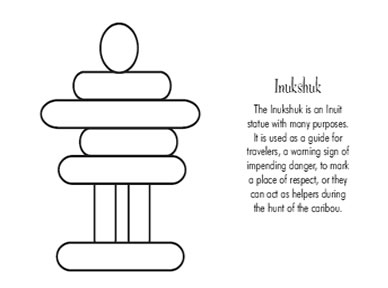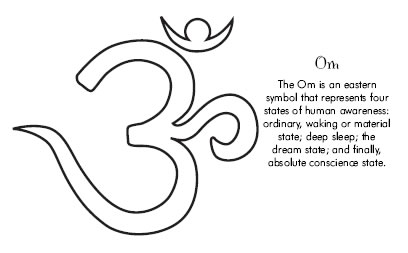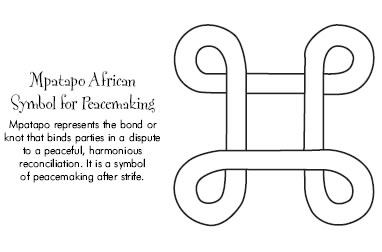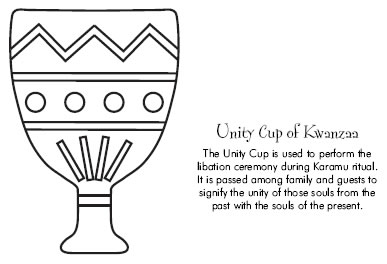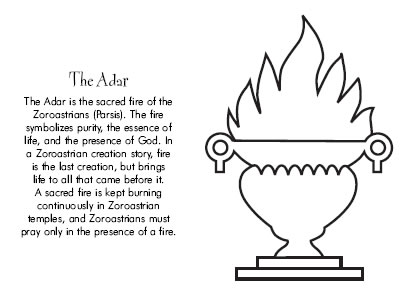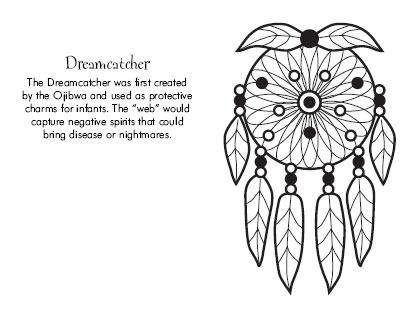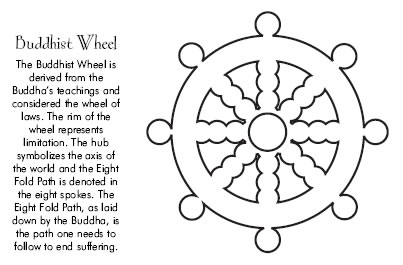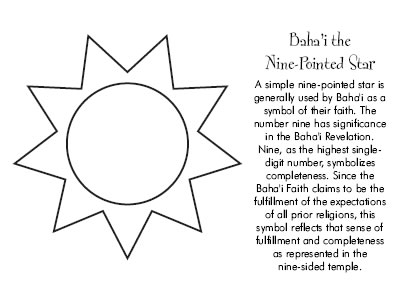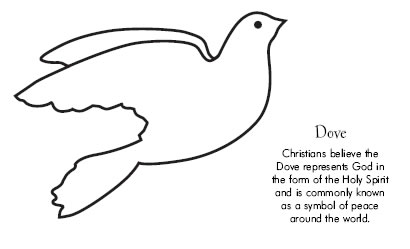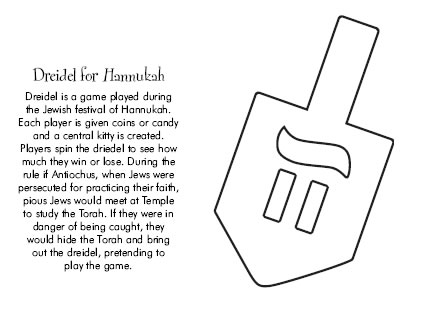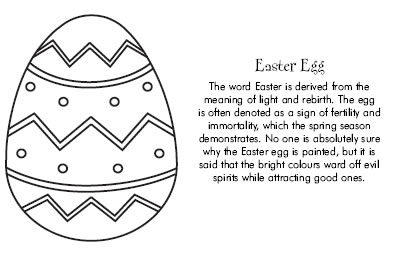The concept of The Peace Tree evolved from the creation of The Peace Tree film by Mitra Sen which has received thirteen international awards including the Liv Ullmann Peace Prize and has been invited to over 50 international film festivals. On June 1, 2006, the first Peace Tree Day celebration was proclaimed by Mayor David Miller in the City of Toronto. Children from schools across Southern Ontario created symbols from all our diverse cultures and faiths and brought them to City Hall to hang on the city’s first Peace Tree.
The Peace Tree is a very important and inclusive symbol for our society as it highlights the symbols of all our cultures and faiths on one tree and shares the hope of people around the world living together in peace.
How to Create a Peace Tree in Your School…
A Peace Tree can be created for the entire school which would be a wonderful activity that can involve all the students and a beautiful symbol for our children and youth to celebrate throughout the year. Peace Trees can also be created in individual classrooms and grow throughout the year. The following steps outline how to create your Peace Tree.
- Collect leafless branches from around the yard and plant in a large pot or planter. Place planter in front foyer, library or classroom. The tree can range from 4’ to 7’ in height; however, it should have many small branches to hang the decorations. A real tree can also be bought so that children can watch as it grows from year to year. Some students paint a Peace Tree on the wall and create the decorations out of construction paper. Otherwise you can contact your local Parks and Recreation and ask them to donate a tree they have cut down. You can also think of other ways to create your Peace Tree.
- As the first activity is to create the Peace Tree, every student in the school can make a symbol from their culture or a peace symbol from their faith that they would like to share. This can be part of their All About Me projects. Students should research their symbols and share their meaning with the class. Students can create their symbol out of colourful construction paper (cut and paste), paper mache, sticks etc. Be imaginative.
- Symbols from different faiths and cultures can include, the Moon and the Star from Islam, the Star of David from Judaism, a Diya from Diwali, the Ohm from Hinduism, the Cross from Christianity, a Kwanzaa Kinara, the Yin Yang from Taoism, a Chinese Lantern etc. Visit www.peacetreeday.com and click decorations to see samples. Teachers should ensure that there is a diversity of symbols represented on the tree to reflect the true meaning of The Peace Tree - ‘celebrating diversity in unity’.
- Each class can go down to the Peace Tree in the foyer/library and place their symbols on the tree. One class can be responsible for creating one large origami paper crane to place at the top of the tree as the paper crane was the inspiration for creating the Peace Tree. Every class should assign Peace Tree Ambassadors to take care of and maintain the tree as peace is something that is created and the Peace Tree needs to be taken care of and nurtured. Some schools may want to create a Peace Planet or Peace Place in the library with their Peace Tree with books and music reflecting peace and diversity.
- Throughout the year, as students research different countries, festivals and cultures, they can add more life and colour to The Peace Tree and create new symbols, so it continues to grow and highlights the beauty of ‘diversity in unity’ which reflects peace.
- During Remembrance Day, students can also place their messages of peace on the Peace Tree written in hearts or leaves or a symbol they feel reflects peace. Peace can be written in different languages to hang on the tree.
- There are numerous activities that can be carried out in class that connect back to the Peace Tree throughout the year to remind students of our hope for a world of peace. Each time a new festival takes place, new Peace Tree Ambassadors in each class can be assigned to take the symbols from the festival made by the students to hang on the tree. By the end of the year, the Peace Tree will be adorned with ornaments, symbols and messages from all our diverse cultures and faiths and be truly reflective of the children in the school and what they have learned through the year.
-
To celebrate the learning over the year, on June 1
st
every year, students can celebrate Peace Tree Day at school. On this day, children can dress up in clothes from their cultures or a culture other than their own. Children can celebrate by brainstorming and sharing peace initiatives and perform dances and concerts that blend concepts from different cultures, conduct ‘How to Workshops’(eg.‘How to Make Sushi’, ‘The Art of Mehndi’, ‘How to Do the Salsa’ etc.) and prepare a Multicultural Food Market where they can raise funds to give to children in war torn countries. On Peace Tree Day children also bring in clothes and old toys to give to underprivileged children.
-
Once your Peace Tree has been created in your school please send a photo to
info@peacetreeinternational.org,
so we can post it on our site.
The Peace Tree Continues to Grow…
To date, the Peace Tree has begun to take root in India, Canada, USA, Pakistan, Germany, South Africa, Australia, England, Taiwan, Korea, Scotland, Dubai and is about to begin in Germany and France. Join the Peace Tree Spirit!
The following are stencils of some peace, diversity and faith symbols from around the world that can be printed, mounted on construction paper and coloured in. Make sure to write your message of peace on the back of the symbol. There are many more peace, diversity, cultural and faith symbols that you can research, create and hang on your tree, so show us how you can work together to create the most inclusive, diverse, vibrant and creative Peace Tree!
